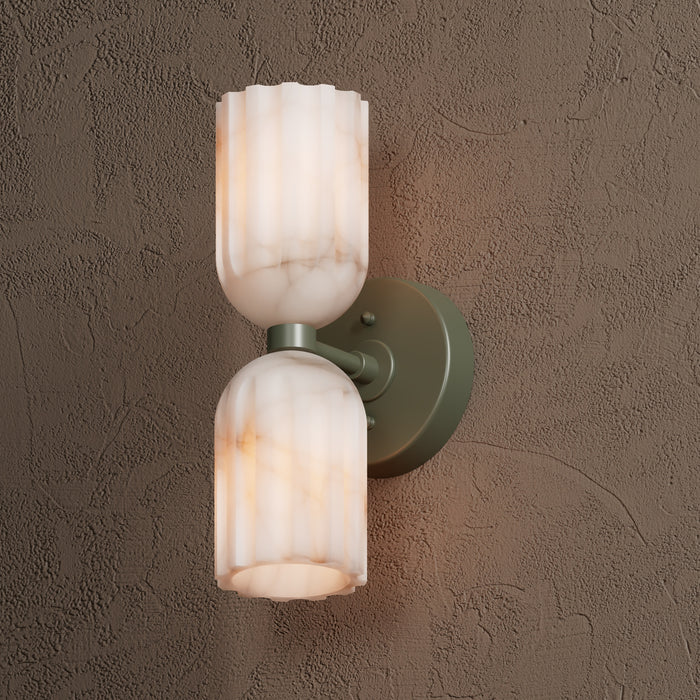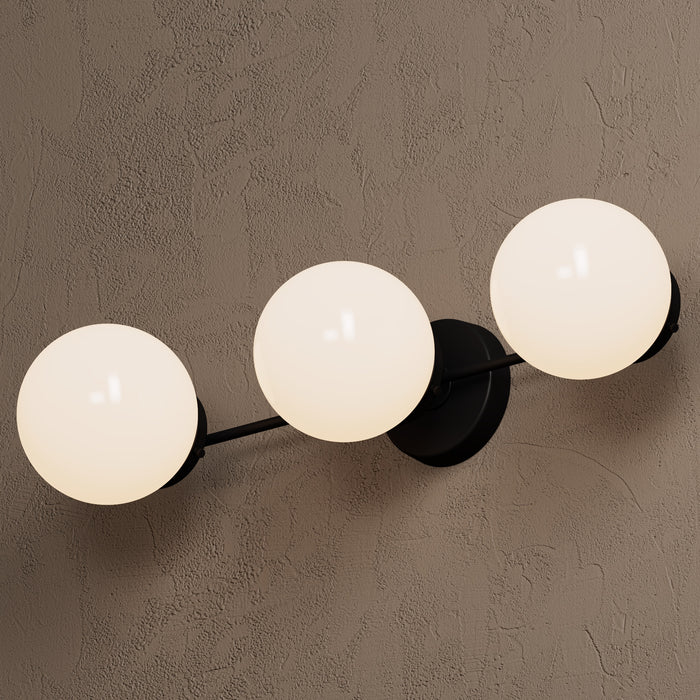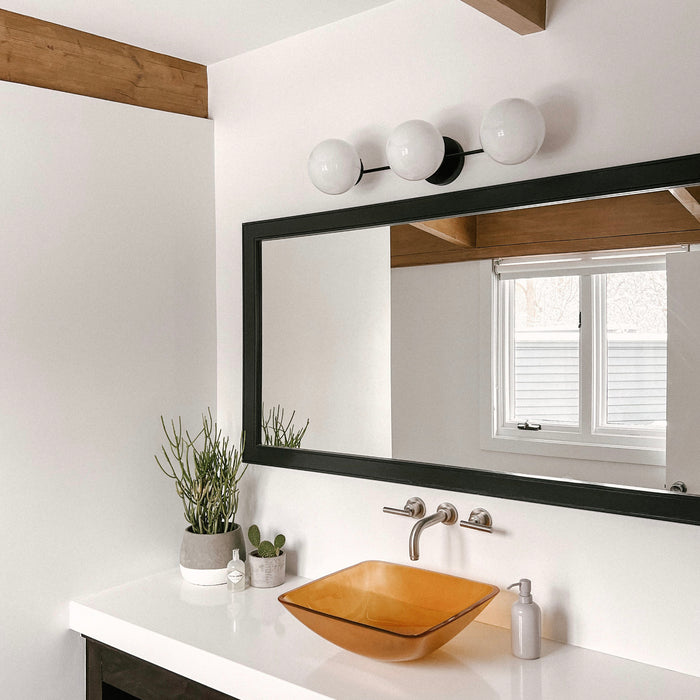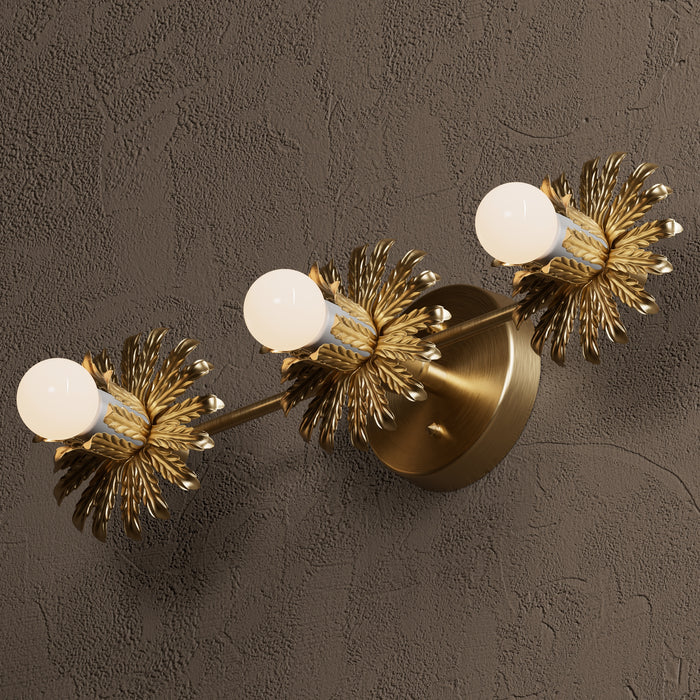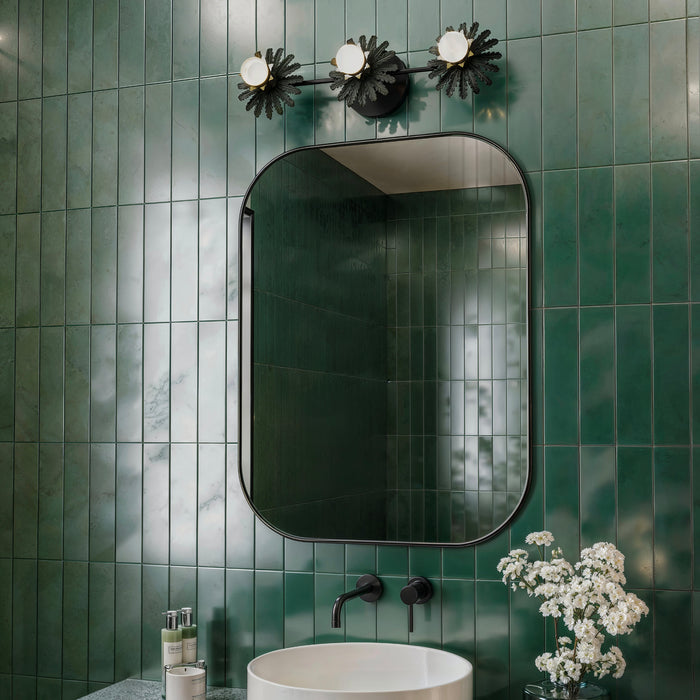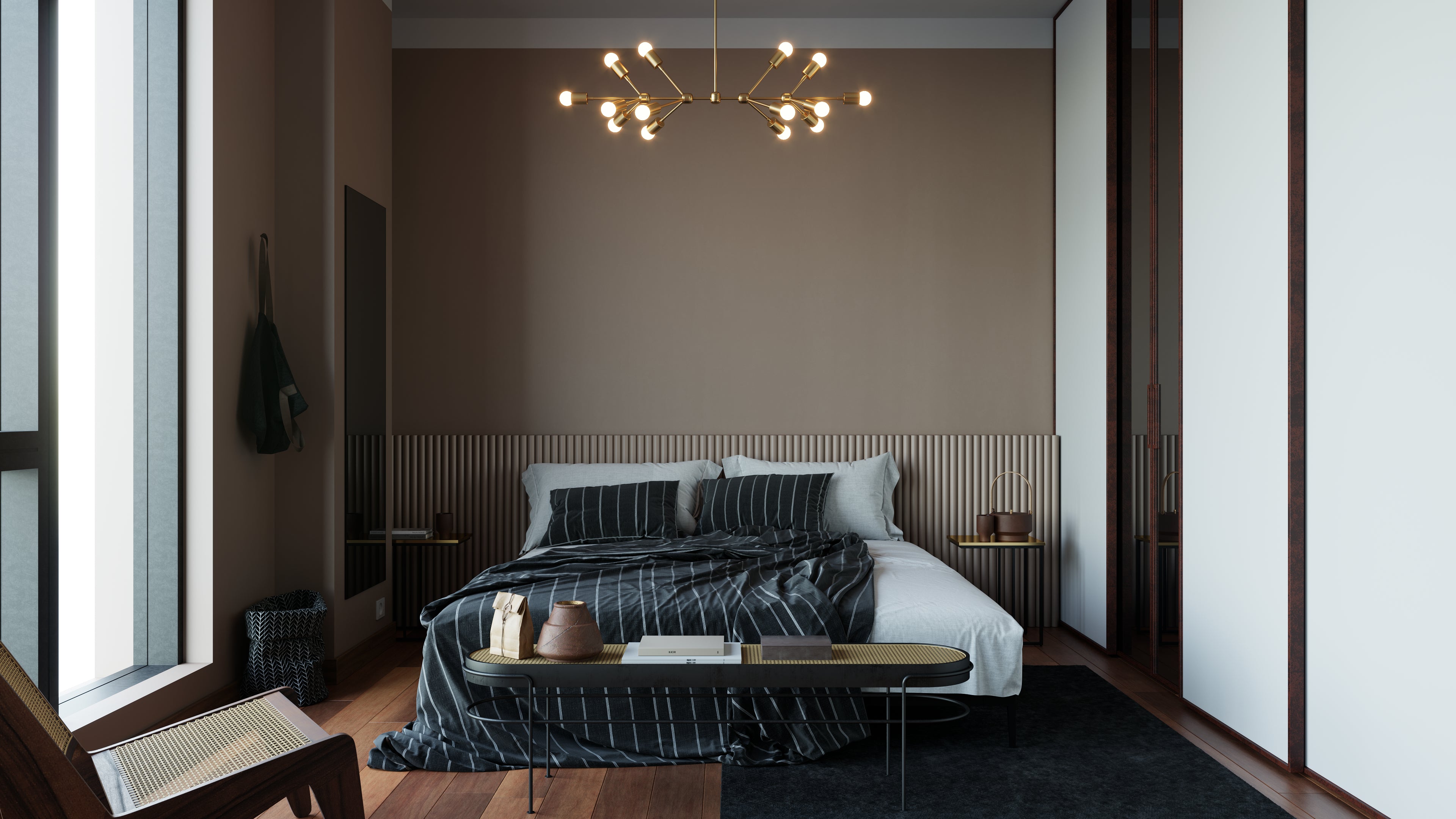Choosing the right light fixtures for your bedroom may improve the atmosphere and the functioning of the area. Suitable bedroom lighting is essential for creating a relaxing ambience and providing enough light for reading and dressing.
In this guide, we'll go over expert tips for choosing the ideal lighting fixtures for your bedroom, emphasizing pendant lights, bedside lamps, and overall bedroom lighting.
Tips for Choosing Bedroom Lighting Fixtures from the Experts
Layer Lighting
Main Light
Start with a versatile primary source of light, such as an above lamp. This could be a chandelier, pendant light, or flush mount. This primary light is designed to provide adequate illumination throughout the space, meeting your various lighting needs.
Task Lighting
Task lighting is required for specialized tasks such as reading, grooming, or desk work. This can include nightstand lights, desk lamps, and wall-mounted sconces. Task lighting guarantees that you have enough light to complete precise tasks without straining your eyes.
Decorative Lighting
Use ornamental lighting to create ambience and visual appeal. Chandeliers, sconces, and ornate table lights may improve the visual appeal of your bedroom. These fixtures produce light and act as design elements that add to the room's overall aesthetic.
Consider Functionality
Bedside Lighting
Bedside lamps should be easily accessible and offer concentrated lighting for reading and other activities. Choose simple lights that you can switch on and off from your bed, and look at versions with adjustable arms or dimmers for enhanced utility.
Desk Lighting
If your bedroom includes a workstation or vanity, be sure it has appropriate job lighting. Desk lamps and adjustable pendant lights can reduce eye strain and increase productivity.
Light Temperature and Color
Warm or Neutral White
Choose warm or neutral white light temperatures (2,700-3,000K) to create a relaxing ambiance. These hues are great for bedrooms since they encourage relaxation and comfort.
LEDs
To prevent harsh or clinical lighting, use LEDs with changeable color temperatures or lower-light bulbs.
Scale and Proportion
Bedside Lamps
Ensure that bedside lights are proportionate to the nightstand and the room. A decent rule of thumb is choosing lights around 1/3 to 2/3 the width of the nightstand. This promotes balance and harmony in your bedroom decor.
Overhead Lighting
Choose overhead lighting that is appropriate for the ceiling height and room size. For example, in rooms with higher ceilings, you can choose bigger fixtures or semi-flush mounts, but flush mounts are better suited to lower ceilings.
Ceiling Height and Type
Shorter ceilings
Flush mounts are suitable for shorter ceilings (eight feet or less). These lights give adequate lighting without dominating the room or making the ceiling appear lower.
Higher Ceilings
For ceilings of nine feet or above, choose semi-flush mounting or bigger fixtures. These fixtures may bring drama and elegance to a space with high ceilings.
Additional Tips
Dimming and Control
Consider dimming options and controls to customize illumination levels based on your needs. Dimmers enable you to create the ideal atmosphere for every occasion, whether settling down at night or getting ready in the morning.
Plug-In Options
Plug-in alternatives for bedroom lights and pendants can help you save space and provide flexibility. These are particularly handy in rentals or instances where hardwiring is not feasible.
Layering and Balance
Balance various light sources to produce a harmonious and comfortable ambiance. Combining different forms of lighting guarantees that your bedroom is well-lit and comfortable at all times of day.
FAQs
What type of lighting works best in bedrooms?
The ideal bedroom lighting combines overhead, job, and decorative lighting. This tiered technique provides appropriate lighting for all tasks while generating a warm and inviting ambiance.
Should bedroom lighting fixtures match?
While all bedroom light fixtures do not have to be the same style or finish, they should compliment one another. While matching fixtures can provide a unified effect, combining contrasting types can offer visual interest and depth to the decor.
